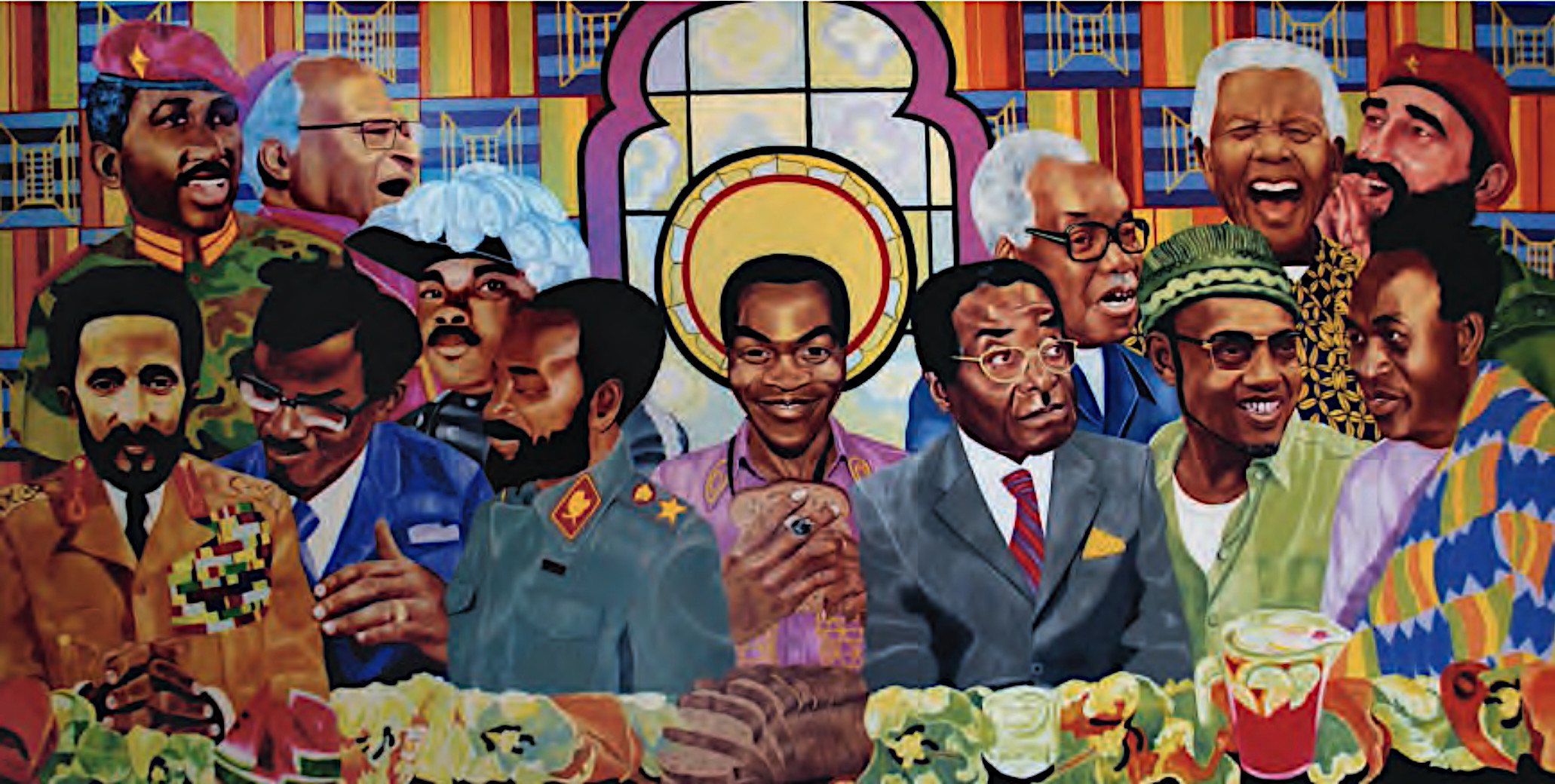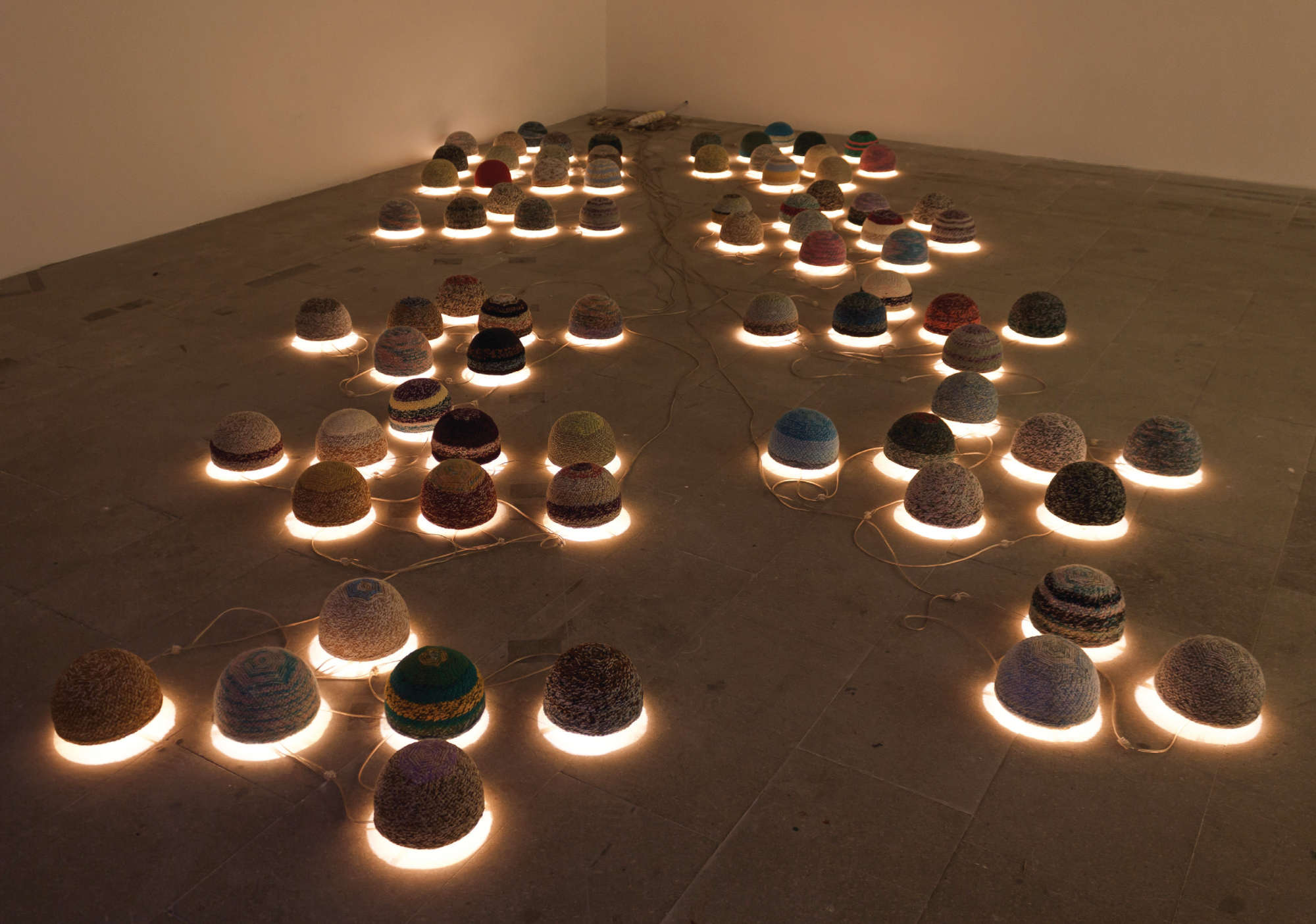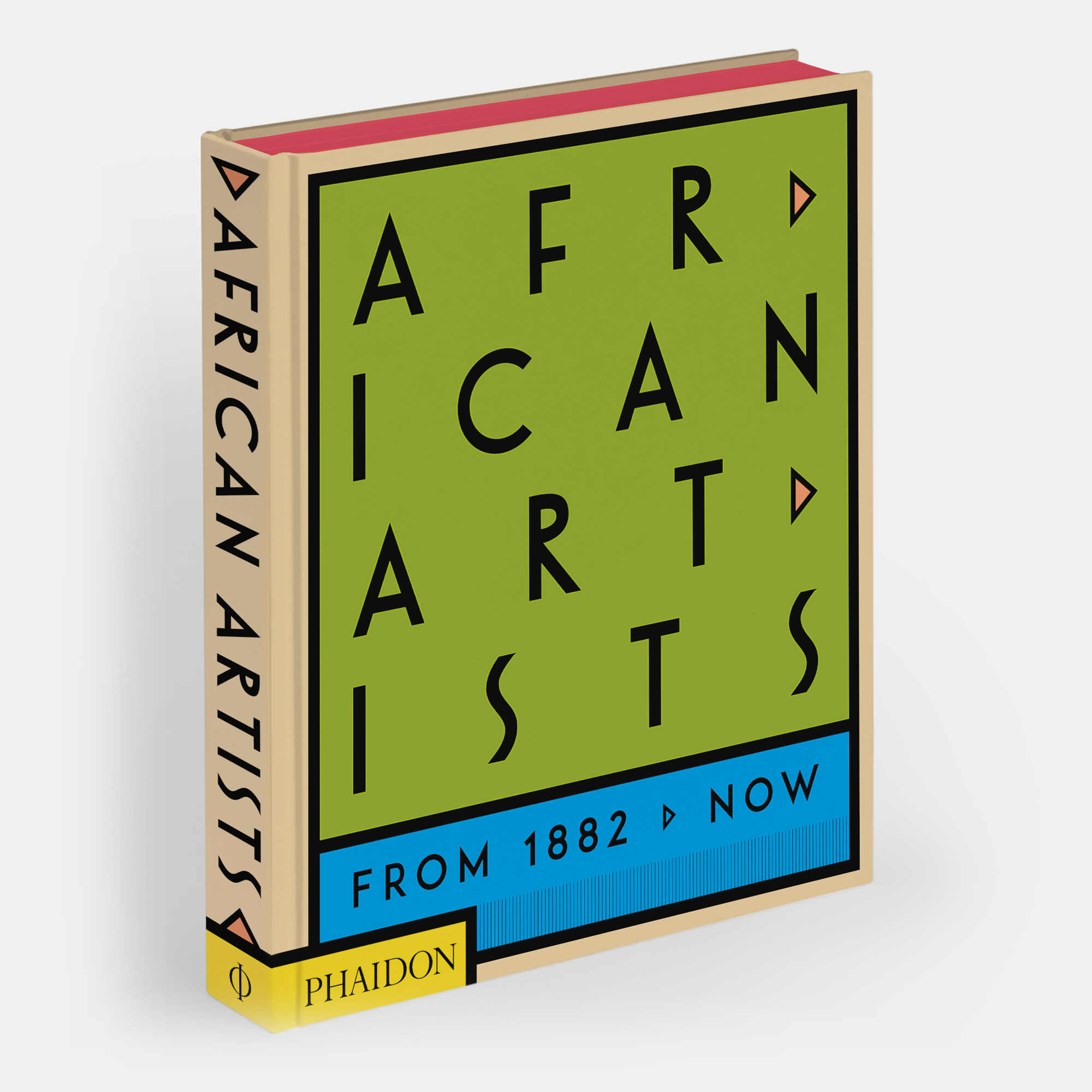
African Artists and Religion
With both piety and parody, the works in our new book tackle the organised faiths that have taken root in this continent
What is an African Artist? The answer might be easy to imagine for outsiders, but it’s a bit less clear for those more familiar with the continent. “There are no simple or definitive answers,” writes the historian, curator and artist Chika Okeke-Agulu in his introduction to our new book, African Artists: from 1882 to Now. “However, there is an important context and value to posing these basic questions, not least because of the vastness of Africa’s geography, its demographic and cultural diversity, not to mention the many national, regional, religious and linguistic boundaries that push against any notion of Africa as an entity.”
Neverthless, our book explores boundaries. Consider religion. In some instances, artists have parodied and criticised the great world faiths that have taken route in parts of the continent. Consider the work of the Ugandan painter Paul Ndema.
“Filled with humour and biting social commentary, Ndema’s paintings confront hypocrisy in social, political and religious institutions while inviting debate on African integration, cultural imperialism and identity,” explains the text in the new book. “Having grown up in a strict religious setting, Ndema is critical of the Roman Catholic Church’s attitudes regarding women, sexuality and cultural identity.
“Bringing together his interests in religion and politics, this characteristically colourful painting (top) is based on The Last Supper by Leonardo da Vinci. The twelve disciples are replaced by African and international political figures (including Nelson Mandela, Patrice Lumumba, Marcus Garvey and Fidel Castro) while, at the centre, Christ is supplanted by Fela Kuti, the famous Nigerian musician who campaigned against colonialism and white oppression. These leaders all advocated Pan-Africanism, a cause also supported by Ndema, which encourages worldwide African solidarity.”

Of course, not all religious work focuses on Christianity, and not all of them are critical. A great part of Africa is Islamic, and African artists have responded to this religion's aesthetic and spiritual aspects in a variety of ways. The Moroccan artist Younès Rahmoun is part of the group of Collectif 212, who focus on their Moroccan culture and practice what they describe as ‘expressive minimalism’, explains our book.
“Deeply connected to his Islamic and spiritual beliefs, Rahmoun’s art explores and engages with Eastern philosophy and Sufism – a type of Islamic mysticism that emphasizes introspection and spiritual closeness with God,” the accompanying text goes on to say. “Rahmoun often follows common Islamic artistic principles, such as the use of significant numbers, geometry and repeating patterns.

“Exhibited in Viva Arte Viva at the 57th Venice Biennale in 2017, the multimedia installation Taqiya-Nor (‘Hat Light’ in Arabic) is made up of seventy-seven traditional woollen Moroccan hats of differing patterns, lit from within and clustered into groups that are dispersed throughout the gallery space. The number 77 refers to the Islamic tradition of the 77 ways to practice one’s faith.”
To gain way more than 77 insights into the ways African artists take this subject and many others, order a copy of African Artists here.